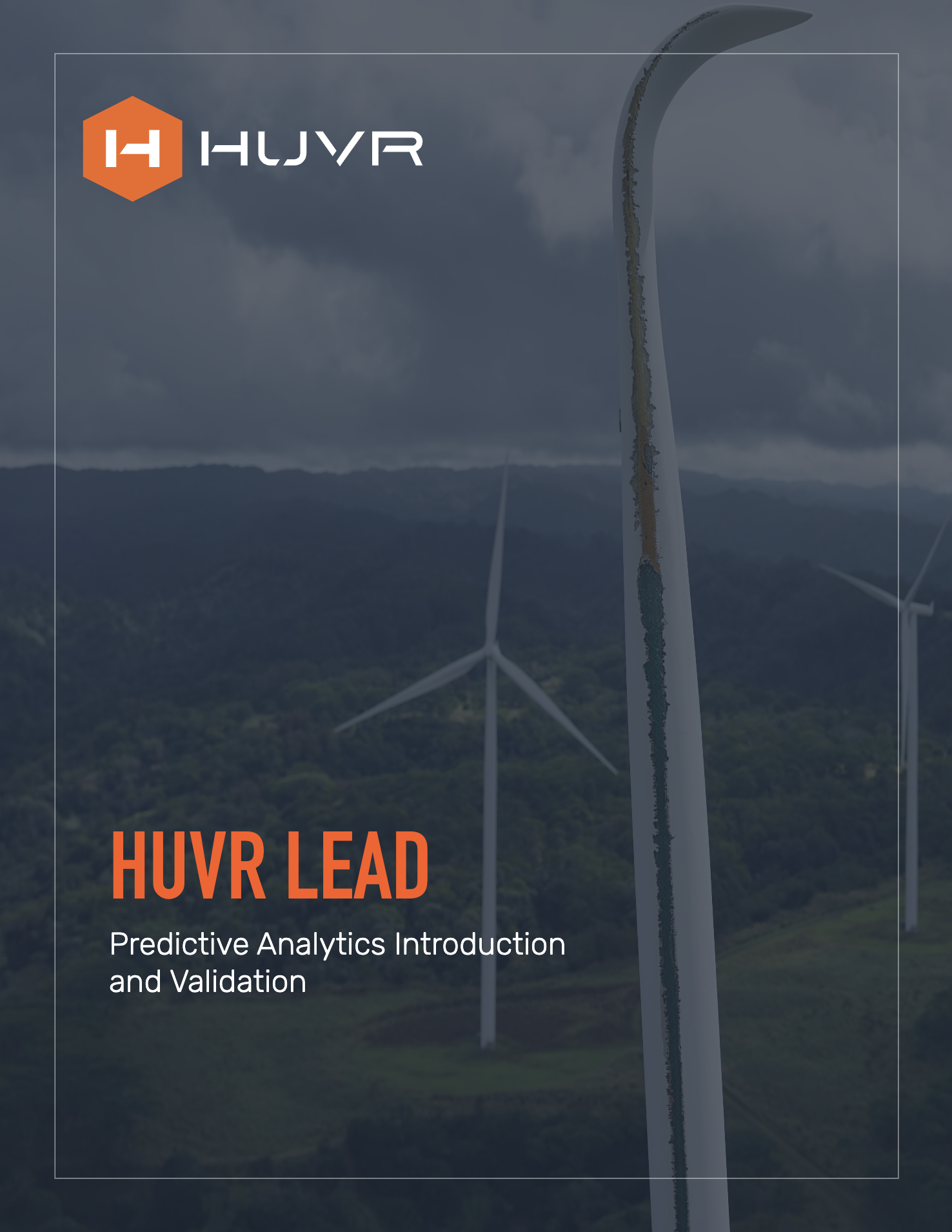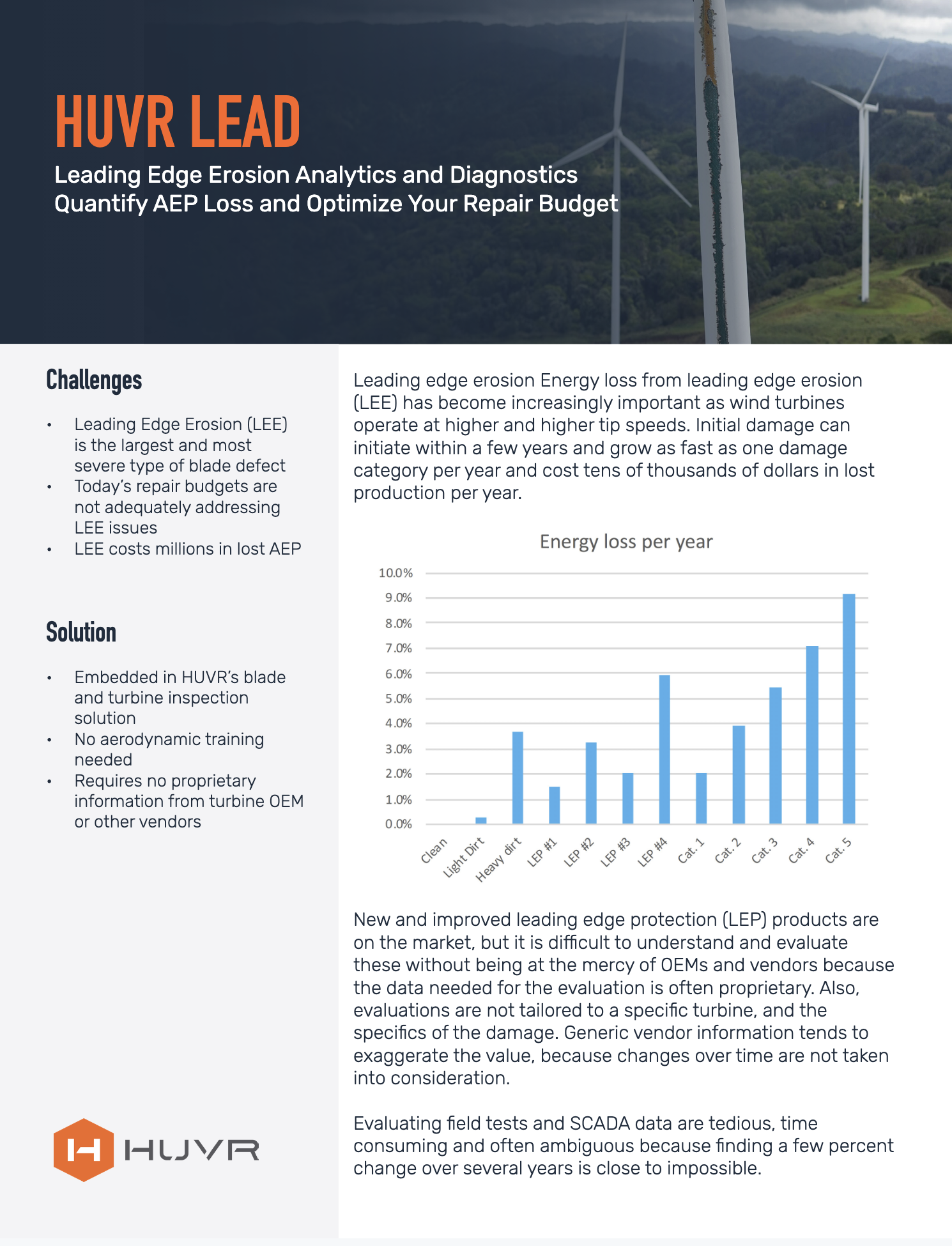When you think about it, we’ve made a pretty good bargain with wind turbine blades. We ask the blades to function regardless of the damage done by wind, water, hail and other eroders. To stay exposed to the elements while providing us with the life-sustaining power we need to thrive. And since modern science hasn’t found the cure for entropy, our part of the bargain is to keep the blades in good working order. But judging the precise moment when the damage is significant enough to warrant shutting the turbine down can be tricky. There are seasonal and economic ramifications to consider, and often there is no clear and easy path to optimization. To act or to let it alone is the perpetual question.
Leading edge erosion is often repaired based solely on the risk of structural damage. Only the most damaged blades are prioritized in the maintenance budget, as blade repairs are expensive in costs and downtime. However, degraded blade aerodynamics results in significant loss of energy production, which in turn results in hundreds of thousands of dollars in annual lost revenue across a typical farm.




